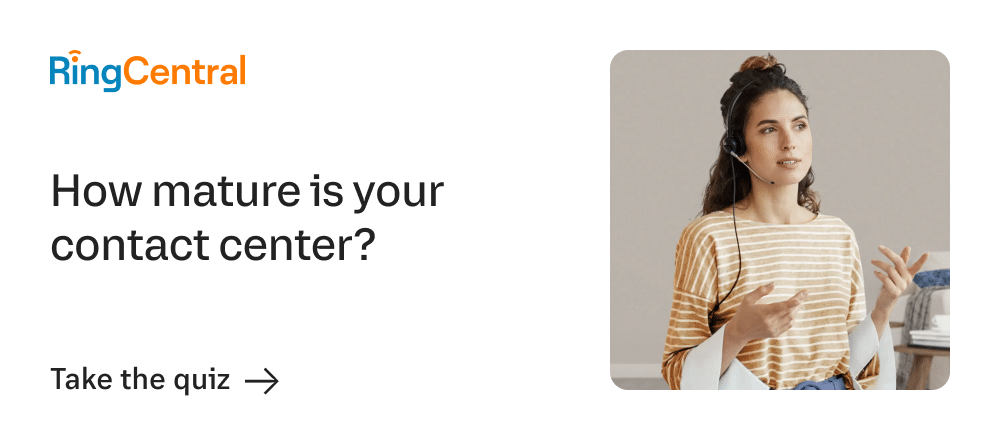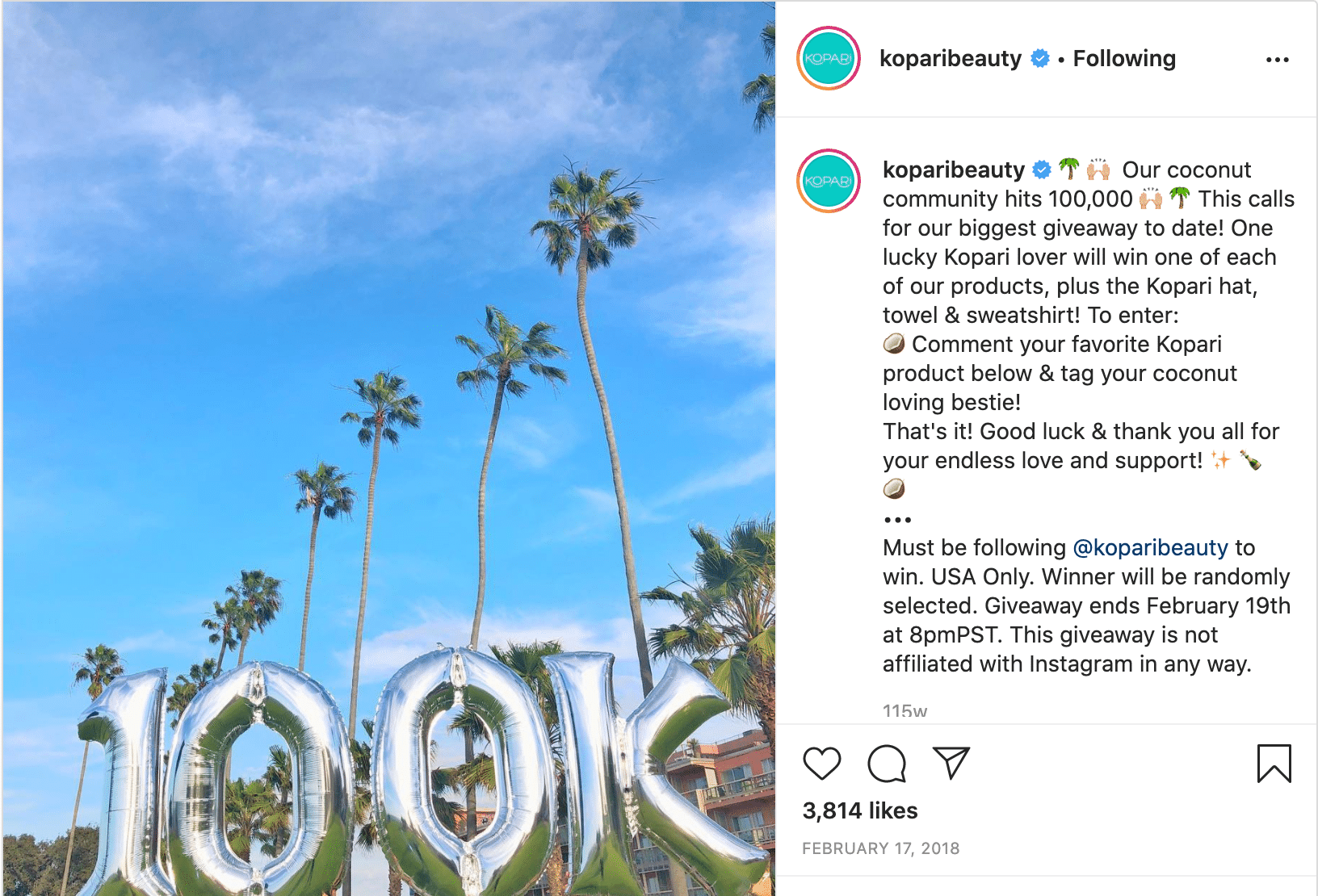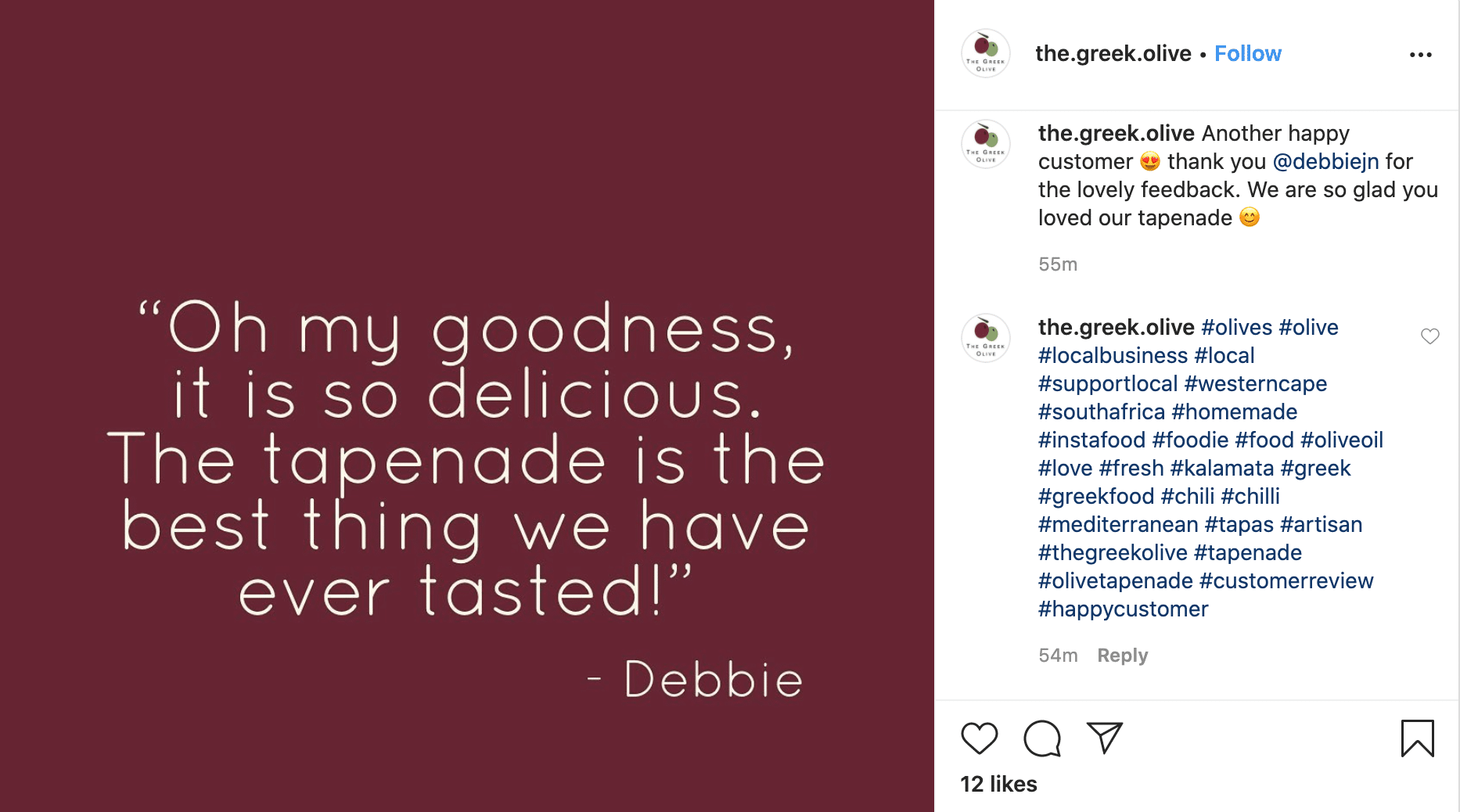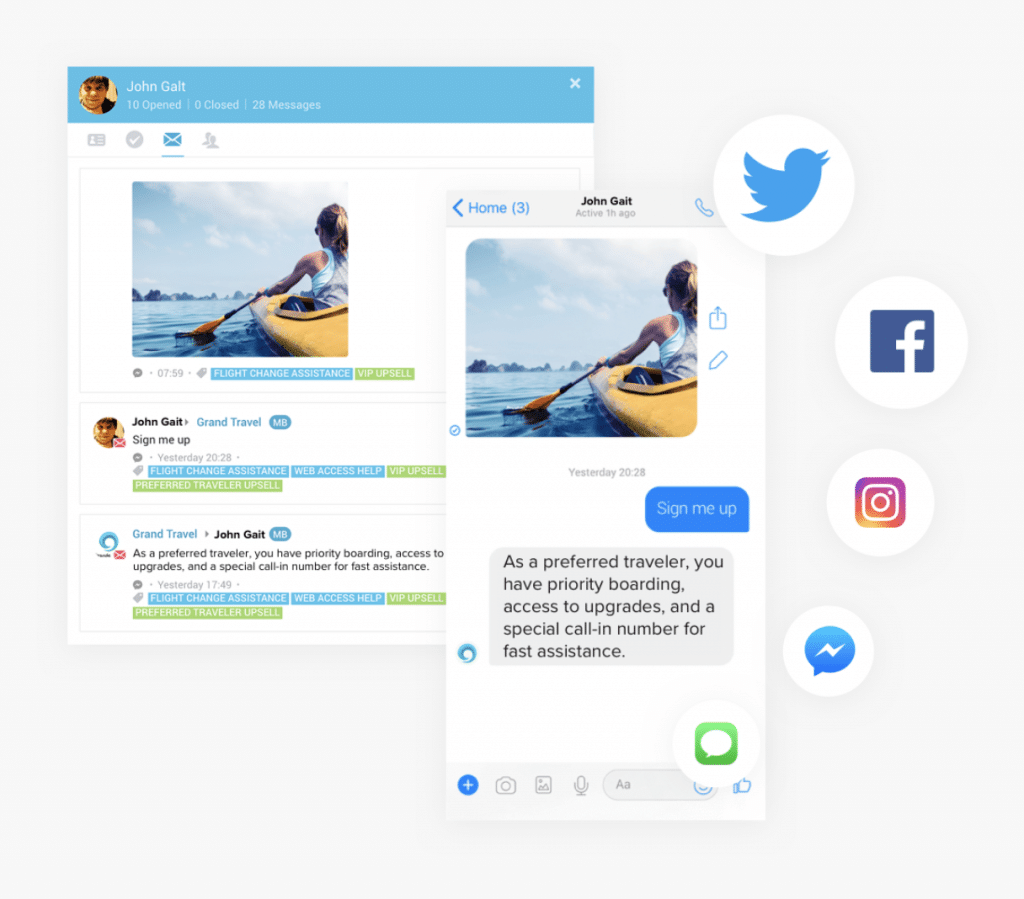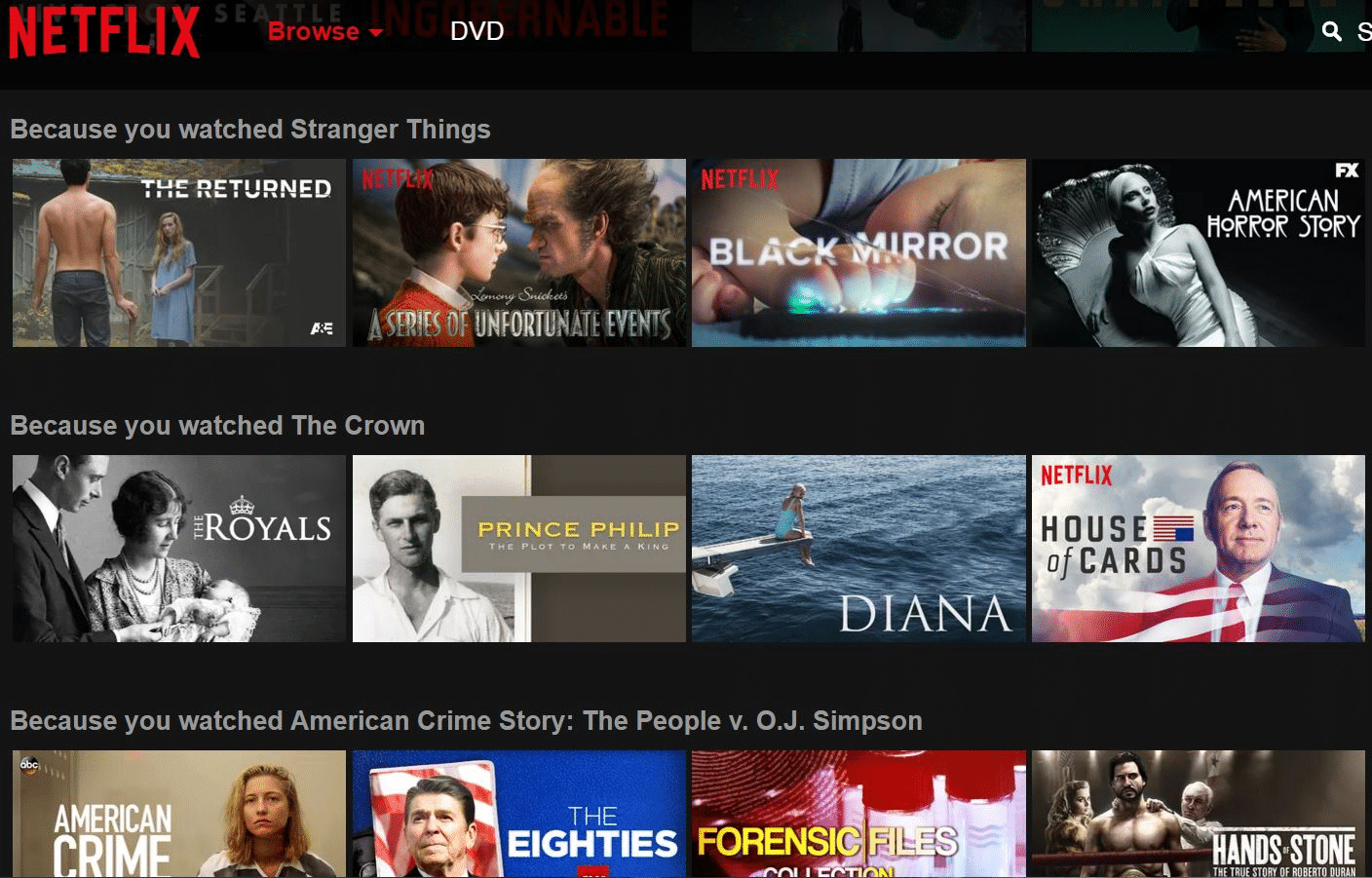Keep an eye on Yelp, Google, Facebook, and other sources for great customer reviews.
As someone running a small business, you might think your most important mission is bringing in new customers—don’t get us wrong, this is crucial.
But another priority should be holding onto the customers you already have. And that’s where customer engagement comes in.
Customer engagement is the act of building a relationship with the people who are buying what you’re selling. It’s the sum total of all the ways you connect with your customers: the emails, the phone calls, conversations on social media, and more. Creating a strategy around these interactions can help you keep your customers happy—and bring in new business, too.
How well do you know your target audience? Do you know how your customers prefer to communicate with you after they’ve bought something from you?
Read on for some good customer engagement strategies that you can put in place right away.
Today, we’ll cover:
- What is a customer engagement strategy?
- The benefits of customer engagement strategies
- How to track customer engagement
And 10 customer engagement strategies from real companies:
- Run a “tag a friend” contest on social media
- Engage across different channels
- Shout out your reviews
- Check on your quiet customers
- Reward engagement
- Activate your fan club
- Make good on feedback
- Use that data
- Keep your promises
- Involve customers in social causes
🔍 How can you spot a disengaged customer? We’ll tell you. Find out how to identify (and win back) a disengaged customer with our free checklist.
What is a customer engagement strategy?
A customer engagement strategy is a plan to increase customer satisfaction by having more positive interactions with them. It can be through any channel, from in person, to online, to over the phone.
Great strategies take customer engagement from reactive to proactive. They should include both how your team interacts with customers when they reach out on their own and ways your company can take the initiative and actively engage with your base.
The benefits of customer engagement strategies
By the end of 2020, customer experience will be the #1 reason people choose to do business with a company1. That’s right—how someone feels about your brand could edge out both price and quality.
The quality of your customer relations also impacts how likely someone is to recommend you to a friend or family member. Word of mouth can be a vital source of referrals for small businesses, so it might be worth your while to create some customer engagement strategies (with help from the ideas we’ve laid out below for inspiration, of course).
Now, let’s look at a few ways to measure customer engagement and make sure you’re on the right track.
4 ways to track customer engagement
This one’s tricky, but depending on which strategy you use, here are some ways to know whether they’re working:
1. A spike in social interactions
One measurable way to tell that your customers are picking up what you’re putting down? More likes and comments on your social media pages. Facebook Pages, Twitter, and Instagram all come with their own easy-to-use Insights section, where you can monitor your engagement over certain periods of time.
2. More positive reviews
Customers who feel engaged (whether it’s because you’re super responsive and have a great first call resolution rate or just because you have a great brand) are more likely to be happy and more likely to sing your praises. Keep an eye on Yelp, Google, Facebook, and other sources for great customer reviews.
3. Happier customers
This seems obvious, but can “happy customers” be measured? That’s what customer surveys are for. Surveys don’t have to be long and complicated, and if you send them out regularly (once or twice a year—you don’t want to burn out your base), they can be a great indicator of how engaged your customers are.
Try to ask the same or similar questions each time, specifically about satisfaction levels and how likely they are to recommend you. This lets you measure improvement over time. And keep track of that response rate, too—nothing says “engagement” like a customer taking the time to fill out a survey for a company!
4. New business, courtesy of your biggest fans
Like we said earlier, customer engagement strategies can lead to the holy grail of small business success: better word of mouth and more referrals. Be sure to ask your new customers how they heard about you, and thank those existing customers who helped get new customers through the door.
10 customer engagement strategies for your business
1. Run a “tag a friend” contest on social media.
If you aren’t active on social media, you might be missing out on some easy opportunities to engage with current (and future) customers. (Here are a few social media best practices to keep in mind.)
Small businesses today use social media to post weekly specials from their menu, show off new items for sale, and share urgent changes to their store hours. These days, many small businesses’ social pages are more current and helpful than their actual websites, because it’s easy for customers to follow their favorite businesses and get notifications whenever businesses post.
If you’re just starting out on social and want to build that base, try a “tag a friend” campaign.
Real example of a tag-a-friend campaign: Kopari Beauty celebrated hitting 100,000 followers with a tag-a-friend giveaway to thank their customers. Here’s how they worded it:
How to do it: Post a photo on Facebook or Instagram of the prize you’re giving away. Maybe it’s your most popular product that customers order again and again. Then ask your followers to tag a friend in the comments to be entered to win the prize. Be clear about the terms of the contest: the close date and time, if it will be a random drawing, or if the person who tags the most friends wins.
Make the number you want to hit a goal you can reasonably reach within a week or so, to keep the contest fresh in people’s minds—if you only have 50 followers right now, shooting for 100,000 might be a little ambitious.
2. Engage across different channels.
Agility is your friend in the engagement game. Being able to reach and respond to your customers across a variety of platforms can help you build a reputation of being responsive, gracious, and ready to assist at any time. But it can be time-consuming to keep up with all the moving parts if you don’t have the right communication tools.
Real example of engaging across channels: RingCentral’s omnichannel contact center is customer engagement technology that puts all of your customers’ communication channels in one place. You can monitor social media, respond to emails, take phone calls, and even text your customers from one single platform (learn more about omnichannel customer service):
How to do it: Having a platform that does it all will go a long way to helping you streamline all of your communications.
3. Shout out your reviews.
Did you get an awesome new review on Yelp or Google? Screenshot that bad boy and share it on all of your social platforms, thanking—and tagging—the author for their kind words. Doing so will not only toot your horn for you (though word of mouth is your best friend), but it’ll also encourage other customers to do the same and give them an example to pull from as they write.
Real example of a review shoutout: The Greek Olive, a small business out of South Africa, took a customer review, turned it into a quote on a clean background, and made an eye-catching Instagram post that has us craving tapenade:
How to do it: A post like this is easy to make. There are lots of quote-making apps available right on your smartphone for free, like Quotes Creator, which is available for both Apple and Android phones. So start mining those public reviews to make some beautiful posts.
Learn a few simple ways to consistently exceed your customers’ expectations.
4. Check on your quiet customers.
Give the squeaky wheels a break and seek out some of your silent customers, to thank them for their business and see if they have any concerns. Chances are these shy folks will be happy for the acknowledgement, so long as you approach in a way that doesn’t force them to talk to someone in real life.
Real example of checking on quiet customers: RingCentral Contact Center™ includes both email and SMS capabilities in one platform, so you can try out some different approaches for these quieter patrons to see what works best for them:
How to do it: Try a simple “thank you for your business” email (more examples of marketing emails here) or even a text message, if your business is set up for that. People usually like being thanked, and you can include a line about being available to help them in the future to encourage an open channel of communication going forward.
5. Reward engagement.
Sometimes, you won’t have to reach out and encourage engagement. Your customers will sing your praises on their own… and isn’t that the dream?
Real example of rewarding engagement: It’s hard to beat Southwest Airlines in the rewards game. They have an excellent social media team that finds people who are enjoying their flight experience and sends them fun little gifts that are at the door when they get back home:
How to do it: It’s a good idea to have some small engagement rewards on hand and ready to roll out the door as soon as you see an opportunity to engage: a little token that thanks fans for their support and encourages them to keep chatting up your business.
6. Activate your fan club.
Who loves you, baby? Chances are you know who your best and most excited customers are. Think of creative ways you can get them involved in spreading their enthusiasm as brand ambassadors.
Real example of activating your fan club: Lively was a small lingerie company that was able to compete with the big guns in the game. How did they do it? Over the years they’ve engaged over 100,000 “Boss Babe Ambassadors,” regular customers who wear and love their products. The customers get some social clout, and Lively benefits from showing real women rocking their pieces:

How to do it: Create a VIP Customer Club to thank these folks for their support, and bring them in for early access to new products or services to get their feedback before you go live. Odds are good that they will be flattered that they were chosen and will become even more vocal about how great you are.
7. Make good on feedback.
Listening is an essential part of engaging with customers, and improving your services or a product based on customer feedback can go a long way toward building trust in, and excitement for, your brand.
Real example of making good on feedback. Remember Sonic the Hedgehog? In 2019, Paramount Pictures revealed the first look at their CGI version of Sonic for an upcoming film starring the popular SEGA character. The internet went wild… but not in a good way.
The designers had given Sonic human-looking teeth: the stuff of nightmares. And fans were not shy about sharing their opinions. Instead of ignoring the feedback and pushing ahead, Paramount actually listened and spent the time (and cash) on some serious digital plastic surgery for Sonic, to the delight of gamers everywhere:
How to do it: An easy place to start is survey results. Share an overview of the results via email with the folks who took the time to weigh in, and clearly outline two to three changes you plan to make based on the feedback. Then, once the changes are in place, follow up to let the survey-takers know that you’ve listened and taken action.
8. Use that data.
What kind of data are you collecting as a company, through surveys and other sources, and how can you use it to personalize and improve the customer experience?
Real example of leveraging data: Netflix’s algorithm does an incredible job of using the data of what we watch to deliver even more content we will enjoy:
How to do it: Say you look through your order data and notice a customer always buys the same product every other month. Try mailing them that product on the house, before it’s time for them to re-order, with a note thanking them for their business.
9. Keep your promises.
We’ve told you about a lot of great customer service stories, but we have to include what happens when you don’t deliver on the promises you make to customers.
Real example of not keeping promises: You might have seen the recent documentary about Theranos, the Silicon Valley startup that promised to revolutionize blood testing. But the research and development never quite caught up to the sales and marketing. In the end, this approach left customers and investors disappointed and the company itself unable to recover.
How to do it: Make sure your promotional promises line up with the actual product you’re delivering. A good way to find out is to read your customer surveys and reviews to see how your services are being perceived.
10. Involve customers in social causes.
People want to feel good about the money they spend, and they want to share the good they do with their social networks. Bake social responsibility into your business plan, and be sure to include ways for your customers to participate, and you might see a real increase in excitement for your brand.
Real example of involving customers in social responsibility: TOMS Shoes started with social responsibility as a cornerstone of their business. Their mission of donating a pair of shoes for every pair they sold took off, and now they are able to do so much more than just shoe donations with the help of their customers. They even have an entire page dedicated to “Your Impact,” which showcases all the causes you help as a TOMS customer. And doesn’t that make you want to buy a pair of their shoes?
How to do it: You can set up regular volunteer opportunities that allow your team and clients to work side by side in the community, even make your office front a drop-off for food bank donations a few times a year. (Turn it into a contest that you share on social media to hit a couple customer engagement strategies at once!)
Customer engagement strategies: start here
With so many businesses leading the charge on customer engagement, there’s no need to reinvent the wheel, or do it all at once, in order to make a difference.
Take one or two items from this list that seem manageable, and put them to work for you. Be sure to set some reasonable goals, and define how you’ll measure progress. And don’t forget to check in regularly to see how these strategies are doing, and try something new if you need to. With a little time and effort, you could see a real increase in customer engagement.
Whatever your customer engagement plan is, we’re here to help. If you’re ready to simplify and supercharge your customer engagement, check out RingCentral Digital Engage™ and put all of your communications in one easy-to-use platform.
1 “Customers 2020: A Progress Report.” walkerinfo.com/knowledge-center/featured-research-reports/customers-2020-a-progress-report
Originally published Oct 12, 2020, updated Jul 24, 2024



